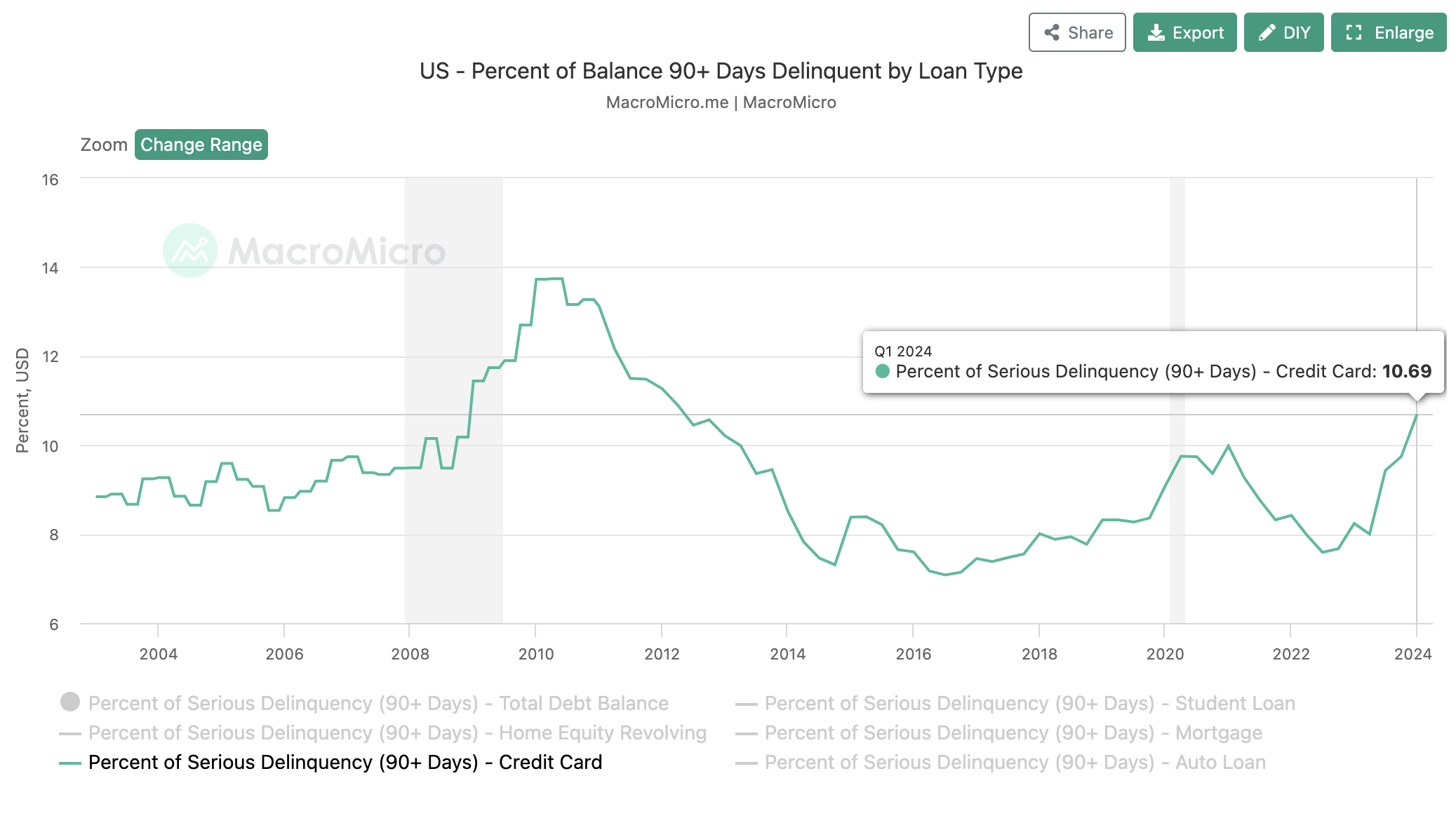Kamala Harris’s economic plans are going to be better for the national debt than Donald Trump’s.
The Committee for a Responsible Federal Budget (CRFB) has analyzed the policies of both candidates, and the numbers aren’t looking good for Trump.
His plans would raise the national debt by $7.5 trillion by 2035, while Harris’s platform is expected to increase it by $3.5 trillion.
That’s nearly double the difference, and it’s a huge deal for anyone who cares about America’s financial future.
Trump’s tax cuts are costly
Donald Trump’s tax cuts are expected to drain the nation’s coffers. He’s promised to extend the tax cuts he made in 2017, and he’s recently promised new cuts if he wins the White House again.
This includes cutting the corporate tax rate, slashing taxes on overtime pay, tips, and pensions, and getting rid of a cap on state and local tax deductions.
The CRFB says these alone will raise the national debt by $9 trillion. A universal tariff Trump is planning will bring in some revenue (about $3 trillion), but that’s not enough to offset the massive increase in debt from the tax cuts.
What makes Trump’s economic policies particularly alarming is that he’s rejecting the usual Republican strategy of cutting government spending to balance out the loss of revenue from tax cuts.
He doesn’t want to cut major programs like healthcare or pensions, and instead wants to cut a small slice of domestic programs.
The problem is, that won’t save enough money to make up for these huge tax breaks. His reliance on tariffs also comes with risks. While tariffs bring in money, they can hurt consumers by raising the price of goods.
By 2035, the national debt is expected to surge past $70 trillion, leaving America with an unsustainable financial burden. The CRFB warns that this could lead to a fiscal crisis and weaken national security.
Harris offers a more balanced plan
The economists say Kamala Harris is proposing a more balanced approach to the economy. Her platform includes expanded tax credits for small businesses, affordable childcare, and housing.
These are expensive programs, but she plans to offset them by increasing the corporate tax rate. The current corporate tax rate is 21%, and she wants to raise it to 28%, which would bring in almost $1 trillion in revenue.
This helps keep the debt increase under control compared to Trump’s free-for-all tax cuts. Harris is also not going as far as President Biden had originally proposed when it comes to capital gains tax.
Biden had suggested raising it from 20% to 39.6%, but she wants to bring it up to 28%, which will still raise revenue but won’t push it as high as Biden’s plan.
According to the CRFB, the range of possible outcomes for the debt is wide, depending on which policies actually get implemented.
At worst, Harris’s platform would increase the debt by $8.1 trillion, but even then, it would be far less than the $15 trillion increase that’s possible under Trump.
Harris’s plan is not perfect, and the debt will still rise under her presidency, but the increase is more manageable and controlled compared to the chaos that Trump’s tax cuts would cause.
The national debt is already a huge problem, sitting at 99% of the gross domestic product (GDP). If nothing changes, the Congressional Budget Office projects it will reach 125% of GDP in the next ten years.
Polling data shows tight race
Polling data shows a tight race between Harris and Trump. According to the New York Times/Siena College poll, Harris is leading Trump 49% to 46%.
This poll surveyed 3,385 likely voters from September 29 to October 6. ABC News Project 538 also shows Harris leading Trump, with 48% compared to Trump’s 47.3%.
This is a slight dip from Harris’s previous lead but still shows her ahead. Another poll from 270toWin shows Harris leading Trump by 2.8%, down from a 3.7% lead last week.
Meanwhile, RealClearPolitics has the two candidates tied, suggesting that public sentiment is fluctuating, and the race remains uncertain.
On blockchain-based platform Polymarket, Trump is ahead with 52.8%, compared to Harris’s 46.7%.





